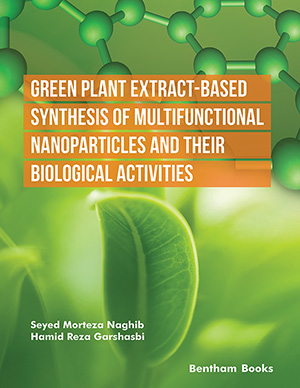Abstract
Background: Miniaturized piezoresistive sensors, particularly strain gauges, pressure sensors, and accelerometers, have been used for measurements and control applications in various fields, such as automotive, aerospace, industrial, biomedical, sports, and many more. A variety of different materials have been investigated for the development of these sensors. Among them, diamond- like carbon (DLC) thin films have emerged as one of the most promising piezoresistive sensing materials due to their excellent mechanical properties, such as hardness and high Young’s modulus. At the same time, metal doping has been studied to enhance their electrical properties.
Objective: This article explores the use of co-sputtered tungsten-doped diamond-like carbon (WDLC) thin films as microfabricated strain gauges or piezoresistors.
Methods: Different serpentine thin-film resistors were microfabricated on co-sputtered W-DLC thin films using photolithography, metallization, lift-off and RIE (reactive ion etching) processes. In order to evaluate their piezoresistive sensing performance, Gauge Factor (GF) measurements were carried out at room temperature using the cantilever beam method.
Results: GF values obtained in this study for co-sputtered W-DLC thin films are comparable to those reported for W-DLC films produced and characterized by other techniques, which indicates the feasibility of our approach to using them as sensing materials in piezoresistive sensors.
Conclusions: W-DLC thin films produced by the co-magnetron sputtering technique can be considered as sensing materials for miniaturized piezoresistive sensors due to the following key advantages: (i) easy and well-controlled synthesis method, (ii) good piezoresistive properties exhibiting a GF higher than metals, and (iii) thin-film resistors formed by a simple microfabrication process.
Keywords: Diamond-like carbon, thin films, co-sputtering, metal doping, thin-film resistors, microsystem technology, piezoresistive sensors.
[http://dx.doi.org/10.4028/www.scientific.net/AMM.864.14]
[http://dx.doi.org/10.1088/2053-1591/ab1f5d]
[http://dx.doi.org/10.3233/JAE-2008-978]
[http://dx.doi.org/10.1016/j.diamond.2011.03.036]
[http://dx.doi.org/10.1016/j.surfcoat.2014.01.026]
[http://dx.doi.org/10.1007/s00542-012-1435-y]
[http://dx.doi.org/10.1016/j.diamond.2007.10.005]
[http://dx.doi.org/10.1016/j.diamond.2011.03.003]
[http://dx.doi.org/10.1149/1.3694474]
[http://dx.doi.org/10.1109/SBMicro.2015.7298111]


























